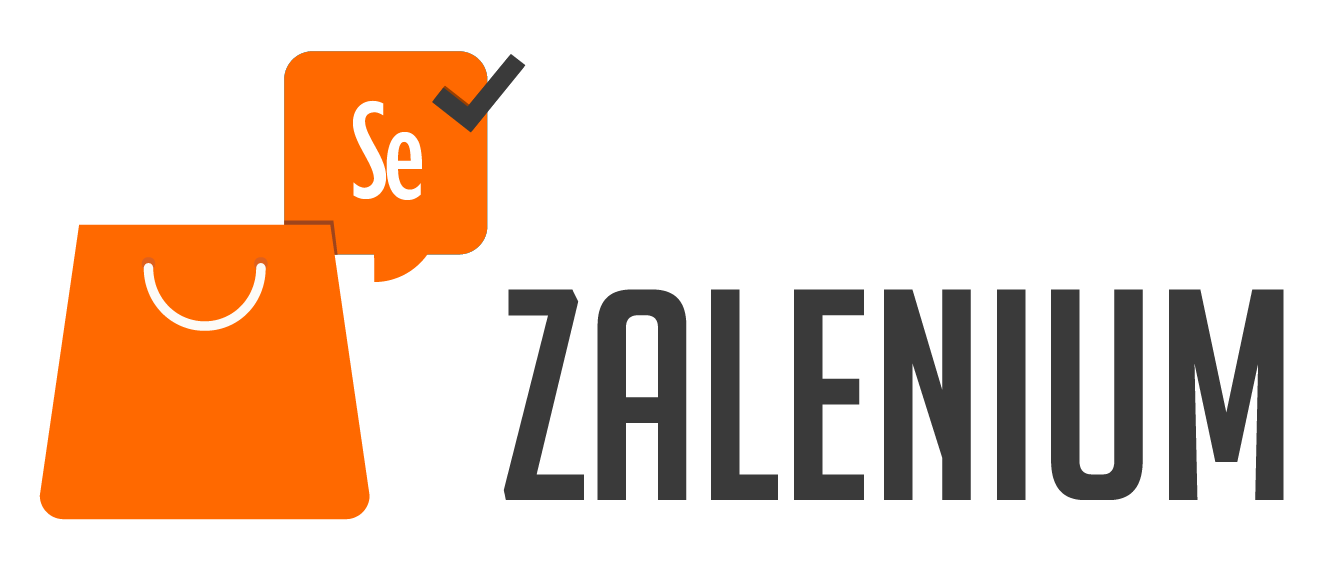What is Zalenium Used for and How Does it Work?
Zalenium, a powerful open-source container-based solution for browser automation, has gained significant recognition in the world of software testing and web development. It stands out as an essential tool for testing web applications across various browsers and platforms, providing an environment that mimics real-world scenarios.
Key Features of Zalenium:
| Feature | Description |
|---|---|
| Containerization | Zalenium uses Docker containers to create isolated browser instances for testing. |
| Scalability | It can dynamically scale based on the number of tests and browser configurations. |
| Live Preview | Zalenium offers live streaming of test execution, aiding real-time monitoring. |
| Multiple Browsers | It supports a wide range of browsers, allowing comprehensive test coverage. |
| Parallel Execution | Tests can be executed concurrently, reducing testing time significantly. |
Why Do You Need a Proxy for Zalenium?
In the realm of web automation and testing, the need for proxies becomes increasingly apparent, and Zalenium is no exception. Here’s why incorporating proxy servers into your Zalenium setup can be highly advantageous:
1. Geolocation Testing: Proxy servers allow you to simulate requests from various geographical locations. This is particularly valuable when testing applications that serve a global audience. By routing your traffic through proxies in different regions, you can ensure your app performs optimally worldwide.
2. IP Rotation: Proxies provide the ability to rotate IP addresses, which can help in bypassing IP rate limits imposed by websites or services during testing. It ensures your tests are not throttled due to repetitive requests from the same IP address.
3. Anonymity: Proxies offer anonymity, which is crucial when conducting web scraping or testing against websites that may attempt to block or limit access to known IP addresses. Proxies help you fly under the radar and avoid detection.
4. Security: Using proxies can add an additional layer of security to your testing environment. By masking your true IP address, you reduce the risk of exposing sensitive data or configurations during testing.
Advantages of Using a Proxy with Zalenium.
When you integrate proxy servers with Zalenium, you unlock a multitude of advantages:
Improved Test Coverage: By leveraging proxies, you can simulate user interactions from different locations and IP addresses, ensuring comprehensive test coverage.
Enhanced Security: Proxies add an extra layer of security, shielding your infrastructure and sensitive data from potential threats during testing.
Avoid Rate Limiting: Proxy rotation helps you evade rate limiting mechanisms, allowing your tests to run smoothly without interruptions.
Anonymity: Conducting tests anonymously through proxies keeps your testing activities discreet and prevents potential bans or blocks from websites.
Global Reach: With proxies, you can access geo-restricted content and perform location-specific testing, catering to a diverse user base.
What are the Сons of Using Free Proxies for Zalenium.
While free proxies may seem like a tempting option, they come with their fair share of drawbacks:
1. Reliability Issues: Free proxies are often unreliable, with frequent downtimes and slow response times. This can disrupt your testing workflow and lead to unreliable results.
2. Security Risks: Free proxies may not offer adequate security measures, making your testing environment vulnerable to cyber threats.
3. Limited Locations: Free proxies usually have a limited number of available locations, restricting your ability to conduct geolocation-specific tests effectively.
4. Speed and Bandwidth Constraints: Free proxies are typically slower and have limited bandwidth, which can significantly slow down your testing process.
What Are the Best Proxies for Zalenium?
To ensure seamless integration of proxy servers with Zalenium, consider using premium proxy services such as OneProxy. These services offer a range of benefits:
1. High Reliability: Premium proxies guarantee uptime and fast response times, ensuring uninterrupted testing.
2. Vast Location Coverage: Premium services offer a wide array of geolocations, allowing you to test from virtually anywhere in the world.
3. Dedicated IPs: With premium proxies, you can have dedicated IPs for more control and reliability.
4. Security: Premium proxy providers implement robust security measures, safeguarding your testing environment.
How to Configure a Proxy Server for Zalenium?
Configuring a proxy server for Zalenium involves a few essential steps:
1. Choose a Proxy Provider: Select a reputable proxy provider like OneProxy.
2. Acquire Proxy Credentials: Obtain the necessary credentials (IP address, port, username, and password) from your chosen provider.
3. Configure Zalenium: In your Zalenium configuration, specify the proxy server details, including the IP address and port.
4. Test and Monitor: Verify that your Zalenium setup is working correctly by running test scripts. Monitor test results and make any necessary adjustments.
5. Scaling: If needed, scale your proxy server resources to accommodate increased testing demands.
Incorporating proxy servers into your Zalenium testing environment is a strategic move that enhances your testing capabilities, security, and global reach. By choosing premium proxy services like OneProxy, you can ensure a smooth and efficient testing process that yields reliable results.
Remember that while free proxies may be tempting, their limitations and security risks often outweigh their benefits. Invest in premium proxy solutions for a seamless Zalenium experience.













